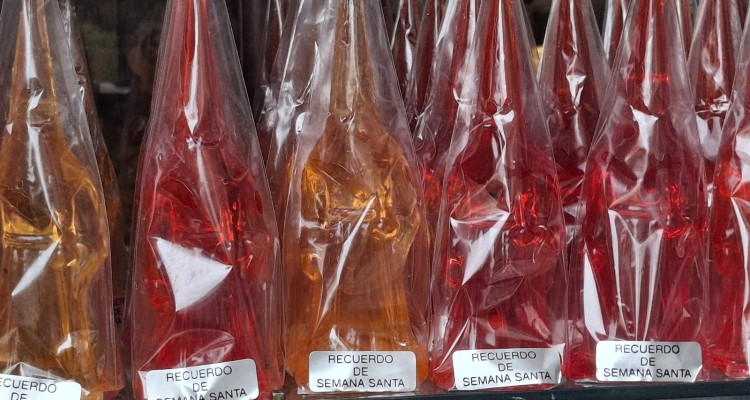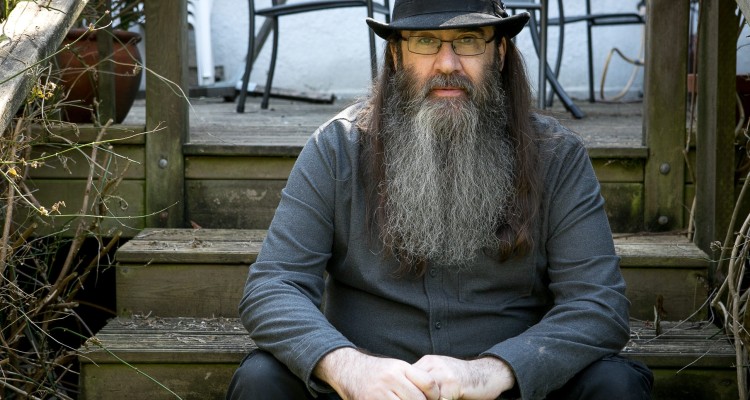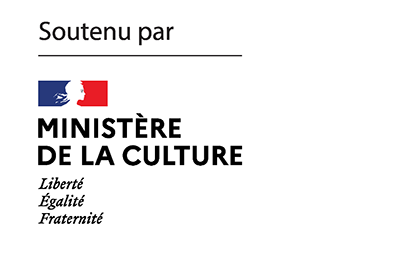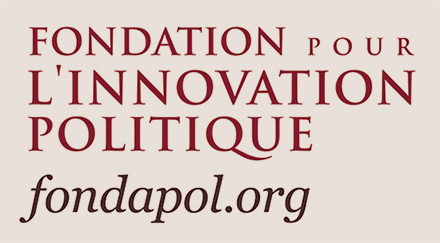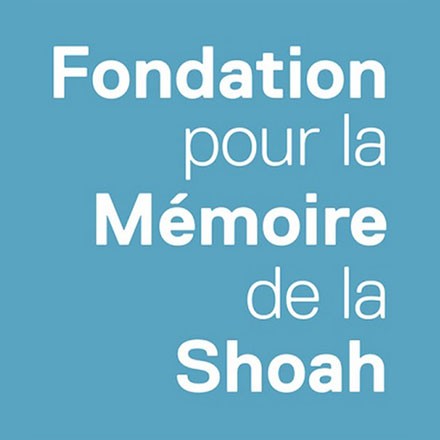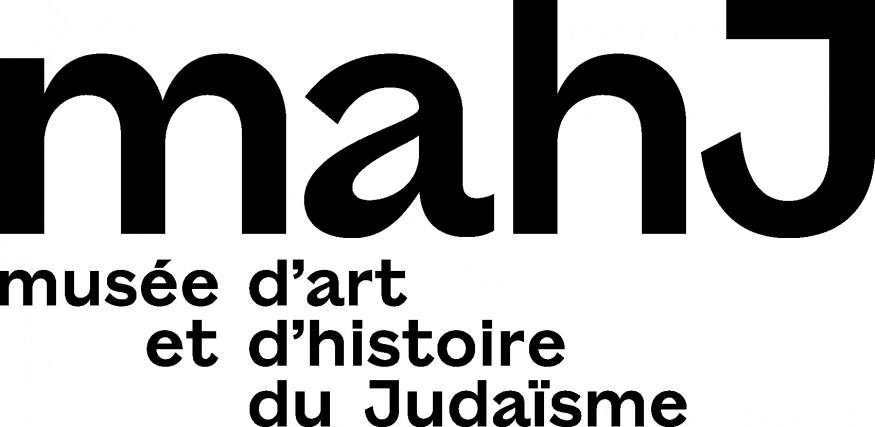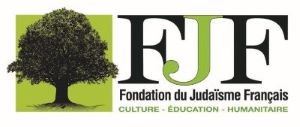“For years I have been wandering abroad. Now I am wandering at home.” This was Itzik Manger, the prince of Yiddish poets, the troubadour, the “bird without a nest,” announcing his move to Israel in the late 1950s. You may recall, dear readers, my first column for K., in which I recounted some news from today’s flourishing Yiddish Hasidic press. In this second piece, I would like to ask myself what Yiddish offers to those who use it. Is it a language of the ghetto? Or on the opposite a language of exchanges? Or both at the same time?
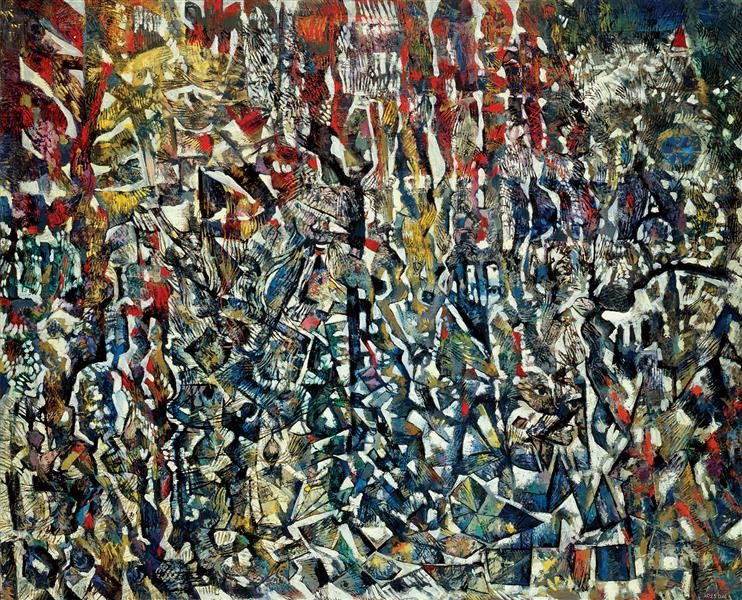
You know that at the beginning of the twentieth century, modern Hebrew and Yiddish fought a kind of battle the “battle of languages”. For what reason? To determine which one of them would be more suited as the Jewish national language.
Yiddish Among the Other Languages
A language is used by people to communicate with each other and to perceive the world through the prism of symbols; it is the first “currency,” the one which allows society to exist. Its signs have therefore originally an inestimable value. Moreover, a single person can speak several languages, which will take on different values for them, will complement each other or will sometimes be used indifferently. In the past, in big empires such as Russia Austro-Hungary or the Ottoman Empire, it was obvious that several languages were required to live in society, as is still the case today in some parts of the world. For example: think of a Jew in Minsk Mazowiecki in Russian Poland in 1900. He shall have an intimate language, his mother tongue – Yiddish. A language to exchange with his direct neighbors, especially in the market – Polish. A language of exchange for administrative matters, for communication with the central authority – Russian. A sacred language, to communicate with God or between learned men, about religious texts – Hebrew. Among all these languages, it was still necessary to choose a language of culture: the one in which proverbs are quoted, stories are told, novels and essays are written. While each of the above-mentioned functions of language naturally finds its vehicle, dictated by circumstances, this last place, which at that time is more a matter of will, raises questions. For a Jew from Minsk Mazowiecki in 1900 can hesitate between different languages of culture: Russian, Hebrew in the process of modernization, Yiddish, Polish or even, if he travels, other great European languages.
It is therefore to serve as a language of culture and more particularly as a language of national culture that Yiddish and Ivrit, the modern Hebrew, have clashed. I will not go back over the ideological and political factions that organized this battle. Socialism, Bundism, Zionism, religious orthodoxy, Hasidism, assimilationism… These various Jewish camps were divided into sub-groups, each defending the use of one or more languages without obeying a systematic logic – there were, for example, Yiddishist Zionists, such as Ber Borokhov, theorist of socialist Zionism and founder of the Poalei Tzion. Great Jewish writers used Yiddish as well as Hebrew, others preferred Russian, German, often using several of these languages depending on the type of text they were writing.
In any case, from a demographic point of view, at the beginning of the twentieth century, Yiddish occupied without dispute, within the Jewish population of Eastern Europe, the place of mame loshn, the language of the mother, and this even though a significant number of assimilated families had begun at that time to use Russian, Polish. This was so even though a significant number of assimilated families had begun to use Russian, Polish, Hungarian or German by this time, and even though a much smaller number of families would opt in the years to come for the ivrit being made – Hebrew had not been used as a language of daily exchange for centuries, and it took the stubborn strength of an Ahad Ha’am or a Ben Yehuda to transform it.
Protecting the Language
Today – this was the subject of my first column – it is the Hasidim, especially the Satmar, who use Yiddish both as an intimate language and, increasingly, as a language of culture, through their press, their books of fiction or secular reflection, and their works for young people. Outside of their world, some Orthodox teach Yiddish as a language of Jewish study; it is taught in this way in yeshivoth in several countries, including Brunoy, France. Finally, people from all walks of life, secular, Jewish and non-Jewish, often academics, learn and cultivate it as a literary object. We discover some of these young figures, impressive in their originality and erudition, in the documentary film Yiddish by the Israeli filmmaker Nurit Aviv. These Yiddishists from all over the world, defenders sometimes to the point of obsession of an a priori strange cause, allow the transmission of Yiddish literary culture, on the one hand, to those who do not speak Yiddish, by working as translators; and on the other hand, by allowing Yiddish-speaking Hasidim who do speak it – thanks to the digitization of the texts, for example, and to their preservation – to know that these texts exist and to have access to them.
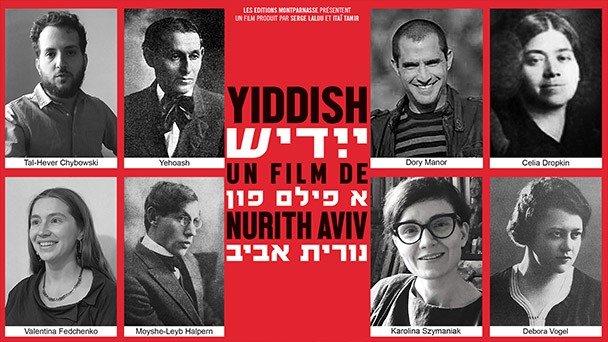
What struck me in the Nurit Aviv documentary that I watched very recently was the reference that many of these young Yiddish speakers make to the revolutionary nature of the language and especially of its poetry – revolutionary both politically and aesthetically. I agree with them. In my opinion too, Yiddish is a stubborn language, full of contradiction, angry; tired and alive, perpetually thrown into the ironic game of misunderstandings, slips, double meanings; a tender language too, intimate, deep, mysterious, simple, whose every word has an inestimable value. Of course, the last of these characteristics can be applied to all the languages of the world, not just Yiddish.
Yiddish, the Language of Jewish Emancipation
Itzik Manger – I quoted the opening lines of one of his famous poems – was born in 1901 in Czernowitz, a multicultural city in Bucovina where the Yiddish Conference was held in 1908, the great Jewish moment in the “language war.” The writer I. L. Peretz, the father of Yiddish literature (Mendele Moykher Sforim and Sholem Aleichem, his grandfathers, were excused due to illness) participated. According to him, this conference was the fourth step in a process of Jewish liberation correlated with the evolution of the Yiddish language. Hasidism, by offering a popular religion in a world of elitist scholars, had ushered in the first step. Traditional Yiddish literature, the second step, led to the emancipation of women in reading. In a third step, the masses of the Jewish proletariat had chosen Yiddish as the language of contestation. Now they would have to put on some work to make Yiddish a great language, by teaching it in a scholastic way and by supervising its writing.
Esther Frumkin, the great leader of the Bundist movement, a highly educated and provocative woman, who fought against religion, Hebraists, the Jewish bourgeoisie and Western Zionists, and who was repeatedly imprisoned by the Tsar, also took part in this conference.
Linguists were also present, among them Matthias Mieses. Born into a family of maskilim, that is, “enlightened” Haskalah Jews, Mieses spoke at least a dozen languages. As a philologist, he published works on linguistics and political history mainly in Polish and German. As a journalist, he wrote extensively in Hebrew. But as a linguist, he defended the value of Yiddish and, like Peretz, believed that it was indeed a Jewish national language. “Whoever loses his language loses his soul,” he declared at the Czernowitz conference. According to him, a language is always the product of other languages and has a complex history. Those who only want to hear Hebrew as a Jewish language confuse language with “race”; between the two lies “history in constant evolution.”

These considerations echo those of Claude Lévi-Strauss in his speech to Unesco, Race and History: “There are simultaneously at work, in human societies, forces working in opposite directions: some tending to maintain and even accentuate particularisms; others acting in the direction of convergence and affinity. The study of language offers striking examples of such phenomena: thus, at the same time as languages of the same origin tend to differentiate themselves from one another (such as Russian, French and English), languages of varied origins, but spoken in contiguous territories, develop common characteristics: For example, Russian has, in some respects, differentiated itself from other Slavic languages in order to approach, at least by certain phonetic features, the Finno-Ugric and Turkish languages spoken in its immediate phonetic neighborhood,” said Lévi-Strauss. And he added: “Many customs were born, not from any internal necessity or favorable accident, but from the sole will not to remain behind a neighboring group which subjected to a precise usage a domain where one had not thought of enacting rules oneself. Consequently, the diversity of human cultures should not invite us to a fragmented or divided observation. It is less a function of the isolation of groups than of the relations that unite them. ”
The linguist, in Yiddish, and the anthropologist, in French, are saying the same thing 50 years apart: a culture does not exist in a fundamental way, in itself, unadulterated, but on the contrary through interaction, in history, time and space, in the midst of other cultures.
Hebrew Versus “Jargon”
The Hebraists of the early twentieth century were revolted by the “bastard” character of Yiddish. In their eyes, Jews believed that Yiddish belonged to them, whereas it was only a borrowing from the “Others.” It symbolizes the degradation of the Jewish people in exile. Ahad Ha-Am, the tortured genius of the revival of the Hebrew language, full of internal contradictions, who would deplore, at the end of his life in Palestine, feeling so nostalgic for his London years, yearned for a purity that Yiddish, the jargon, as it was commonly called at the time, could not offer him. In 1899, he wrote a letter to a Yiddish newspaper, “Der Yid”: “A newspaper in jargon, what use is it for? Of course, jargon is the mother tongue, the language of the discovery of first feelings, and in principle everyone loves and defends his mother tongue. We alone do not know the love of the mother tongue, this language is not dear to us because it is not ours, we have no tenderness for it, we are not interested in its fate, in its evolution. The jargon is a foreign language, the stain of the diaspora in us. We must find our own roots. ”
It was common to categorize things in those days as follows: Hebrew is the father. Yiddish is the mother. This idea intersects, in an obviously fortuitous but amusing way, with the results of genetic research, which is very fashionable at the moment, according to which the Ashkenazi Jewish population was originally the result of the marriage of a few Jewish travelers with German women. Is Yiddish “feminine,” essentially opposed to the established order and to the Law, on the side of the masculine? Does Yiddish, the language of the mother, counter the emancipation of the Jewish people, as does the mother from another poem by Itzik Manger prevent her son from flying away with the birds, covering him with heavy layers of scarves and shawls: “Oyfn veg, shteyt a boym, shteyt er ayngeboygn,” “A tree stands bent over the road, alone in the storm, and all the birds have flown away”? Is Yiddish servitude, determinism, and Hebrew – freedom, universal?
It seems to me illusionary to pretend to choose. A man cannot escape his human destiny. Even in reinventing Hebrew, Ahad Ha’am was obliged to call upon the bastardization of Yiddish to make it more flexible. For at the origin of an identity, there is always an encounter, there is always some “otherhood”.
In the poem “Kh’hob zikh yorn gevalgert” / “For years I wandered”, which Itzik Manger wrote in 1958 on the eve of his immigration to Israel from his previous land of exile in the United States, he declares: “I will not kiss your dust like that great poet, / Though my heart is also full of song and sorrow. / What does it mean to kiss your dust? I am your dust, / And who kisses himself, I ask you? ”
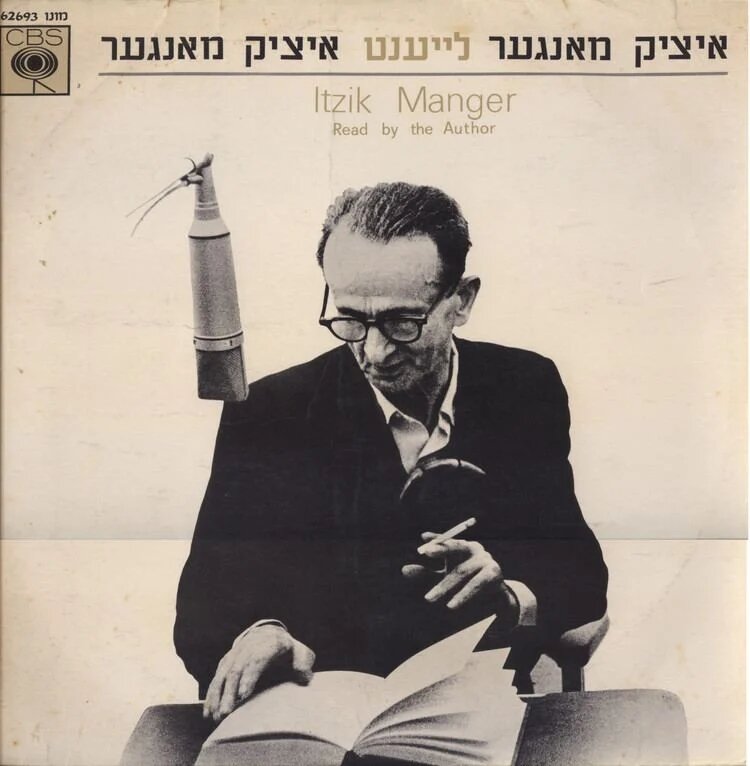
Yiddish Intimacy
What kind of privacy does Yiddish allow? The one of intimate dialogue, a reminder of the first exchanges? The one of Jews opposed to the rest of the world and yet living within it? Today, it is interesting to note that the Hasidim insist on keeping Yiddish, the language of their fathers, but a language that originated in Europe, along with the caftan and the fur shtreimel, the clothing of their ancestors, but borrowed from their Polish neighbors.
The first commandment of the Bible says: “You shall leave your father and your mother” and be united to your wife. In following the spirit of this injunction, one does not break with parental begetting to become a pure self-generated individual but to beget and transmit in turn. One then leaves one’s home to meet a man, a woman, who does not belong to one’s own family. It is that beside language, the system of the relationship and the alliance, founded on the exchange of the women, that lies at the origin of society. And who has never dreamed of living outside society and its constraints? Claude Lévi-Strauss concludes in The Elementary Structures of Kinship: “At the two ends of the world, at the two ends of time, the Sumerian myth of the Golden Age and the Andaman myth of the Future life answer each other: the first one [that of Babel] placing the end of primitive happiness at the moment when the confusion of languages made words the propriety of all; the other, describing the bliss of the hereafter as a heaven where women will no longer be exchanged [where one will marry into their own family]; that is, rejecting, in a future or in a past also out of reach, the sweetness, eternally denied to social man, of a world where one could live among oneself.”
Whether Hebrew is an elitist dream of the intelligentsia or a nationalist utopia for a new human being, modern Hebrew carries the hope of a full and complete reunion with the essence of pure Jewishness and thus of pure identity. It is discomfited, to this day, by the ballad of the Yiddish exile, which “dies, remembers, and never wants to disappear” – Manger describes in these words the ancestral step of the camels of the Israeli desert, which carry on their hump “the Torah, the merchandise, and the old wandering song.” In the same way, perhaps, paradoxically, the secular and learned Yiddishists who have sought to sanctify and institutionalize Yiddish, defending it since the beginning of the twentieth century as a respectable national language, may be miffed by the perennial bastardization of Yiddish by today’s Hasidim, who shamelessly borrow a quarter of their vocabulary from English, persist in laughing at grammar and the established order of things, and, with a mocking smile on their lips, always keep some game between their teeth.
